This facility is located one floor below the ground level in the main building in the Tripoli Campus. It is an impressively generous space divided into four independent sections that serve as both teaching and research laboratories for the faculties of Public Health and Sciences. The main laboratory’s infrastructure has been designed according to professional standards that suit and complement the implementation and utilization of a wide range of scientific equipment and machinery. The laboratory is provided with constant air conditioning and proper ventilation to ensure convenient working temperature for individuals as well as for experimental material and supplies.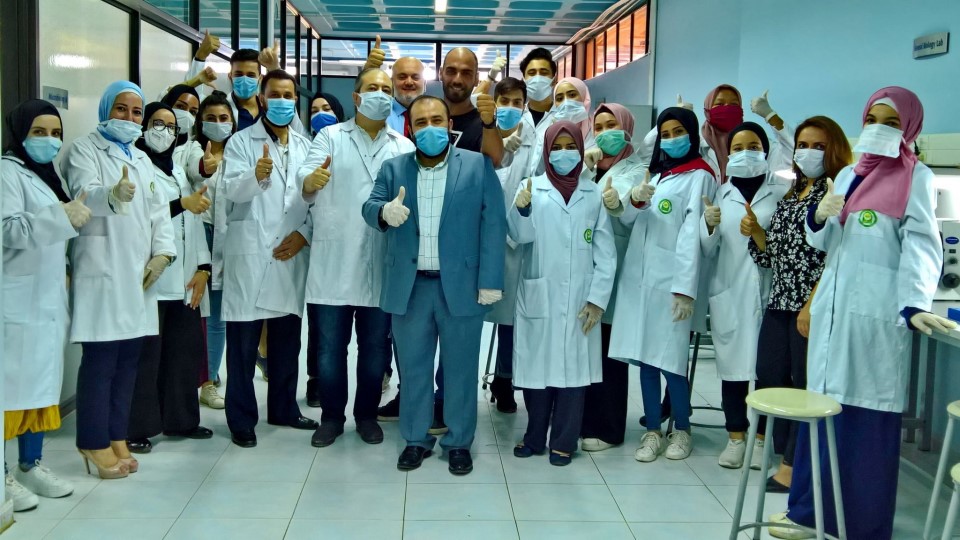
The first section, entitled as the Biochemistry Laboratory, provides ample and effective learning space for all topics pertaining to chemistry and biochemistry concepts and principles. The Biochemistry laboratory includes a wide array of top rate equipment and supplies typically found in advanced and professional chemistry and biochemistry lab settings. Safety measurements are of monumental importance in this lab and are ensured by the installment and availability of safety tools and equipment to which the students are accustomed at the beginning of every semester. These include but are not limited to chemical fume hoods, safety showers, eyewash stations and fire extinguishers. This section of the main laboratory is also provided with an overhead projector which aims to serve in a more comprehensive learning experience through the demonstration of explanatory videos and oral presentations.
The second section of this facility, entitled as the Microbiology Laboratory, serves as the perfect playground for all techniques, protocols and equipment necessary for the examination and assessment of the microbiological world and all its related fields. This lab is perfectly equipped to ensure aseptic techniques during the preparation of media and the handling of microorganisms and their culturing. This area, similar to the Biochemistry Laboratory, is organized to accommodate up to 12 students per laboratory session. With 8 stations, set up to meet the requirements of a microbiologist, students can work in pairs; two students per station. The available equipment includes but is not limited to the following: incubator, autoclave, Bunsen burners, analytical balance, vortex mixers, hot plates and all other microbiological tools found in typical microbiological settings.
The third section is entitled as the General Biology Laboratory and represents the common area of the facility which is supplied with a significant number of microscopes and a general-purpose working space. In 2014, the World Health Organization supported this section with the establishment of a specialized medical parasitology facility, which is used for training of trainees as well as to support undergraduate education in the Medical Laboratory Technology program.
The fourth and final section of the main laboratory encompasses the Control of Infectious Diseases Laboratory, which is as advanced facility that serves graduate students and researchers at the faculty working in the domains of infection control and microbial diagnostics.
Located at the premises of the Faculty of Public Health, this lab allows the students to work on many pharmaceutical aspects. Among the most important are: plant harvesting, extracting medical materials and the manufacturing of these materials in pharmaceutical forms and validating the manufactured drug.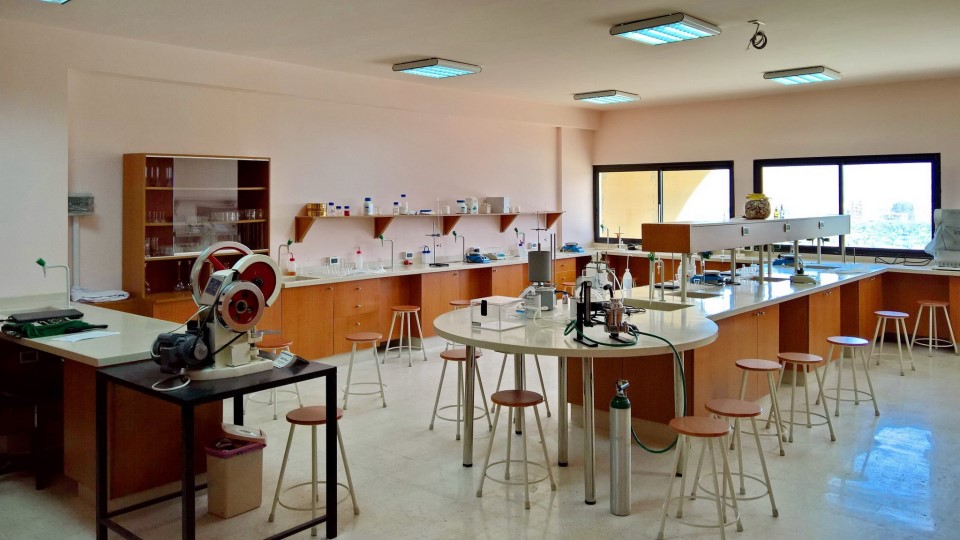
These two facilities are located at the premises of the Faculty of Public Health and contain a health assessment laboratory and a ward unit practice area. The Nursing Skills Labs provide an immersive learning environment where students can utilize the available mannequins and equipment to translate theoretical knowledge into a safe clinical experience. Both laboratories are well-equipped with a large number of nursing clinical skills simulators representing various developmental stages (fetal, newborn, childhood, adolescence, and adulthood). In some instances, students also assume the role of patient in activities that include a range of motion exercises, positioning of the patient, transfers from bed to chair, patient teaching exercises, physical assessment, and others.
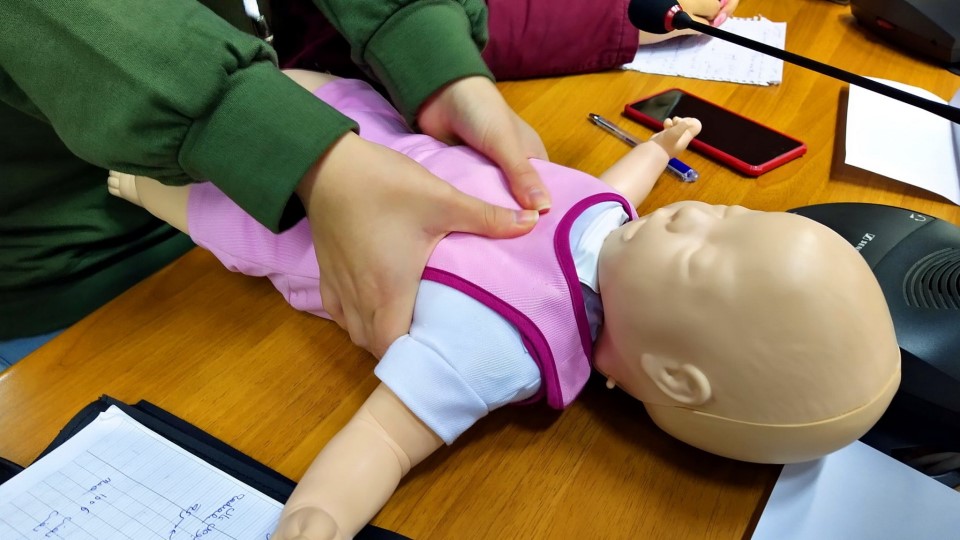

Public Health Genetics Laboratories offers graduate students a hands-on experience to utilize the laboratory tools of molecular biology to relate changes in the structure and sequence of human genes to functional changes in protein function. Students and researchers use these labs to perform diagnostic testing, reference testing, and disease surveillance to study population groups in terms of health and disease. Just to name a few, some of the molecular techniques that are routinely practiced in these laboratories include genomic DNA extraction, gene amplification by PCR, diagnostic gel electrophoresis, and bioinformatic analysis.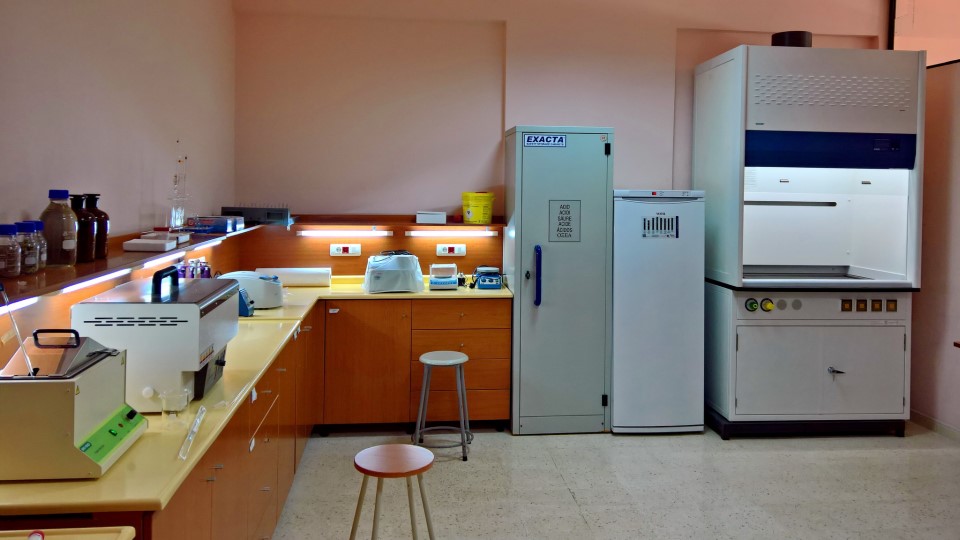
This facility provides the students with advanced training skills in the fields of biology, microbiology, chemistry, biochemistry, and genetics. It features high-tech equipment and advanced teaching aids that allow students to perform many laboratory tests and help them develop their practical skills and obtain the necessary knowledge to pursue their studies in public health especially in the Medical Laboratory Technology program.

This facility contains a health assessment laboratory and a ward unit practice area. The Nursing Skills Laboratory provides an immersive learning environment where students can utilize the available mannequins and equipment to translate theoretical knowledge into a safe clinical experience. Students also assume the role of patient in activities that include a range of motion exercises, positioning of the patient, transfers from bed to chair, patient teaching exercises, physical assessment, and others.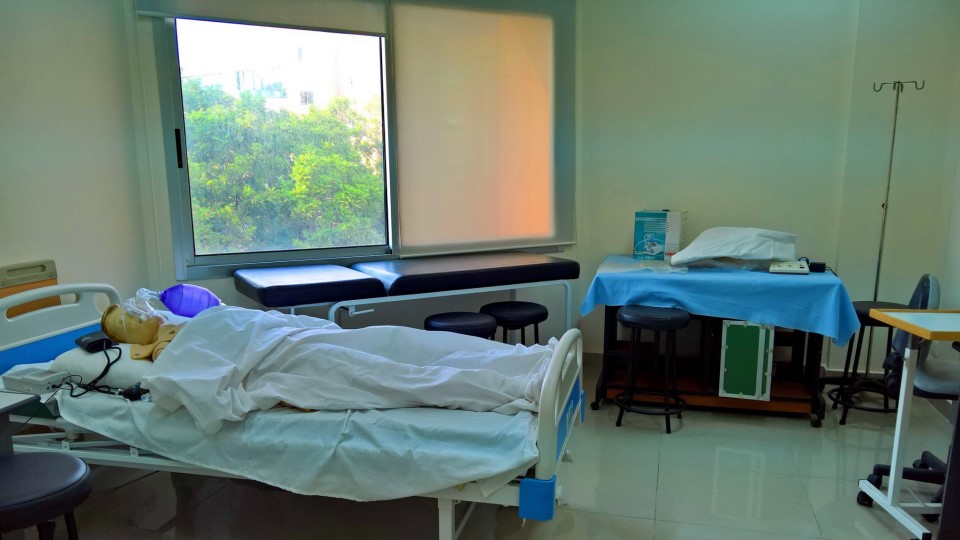
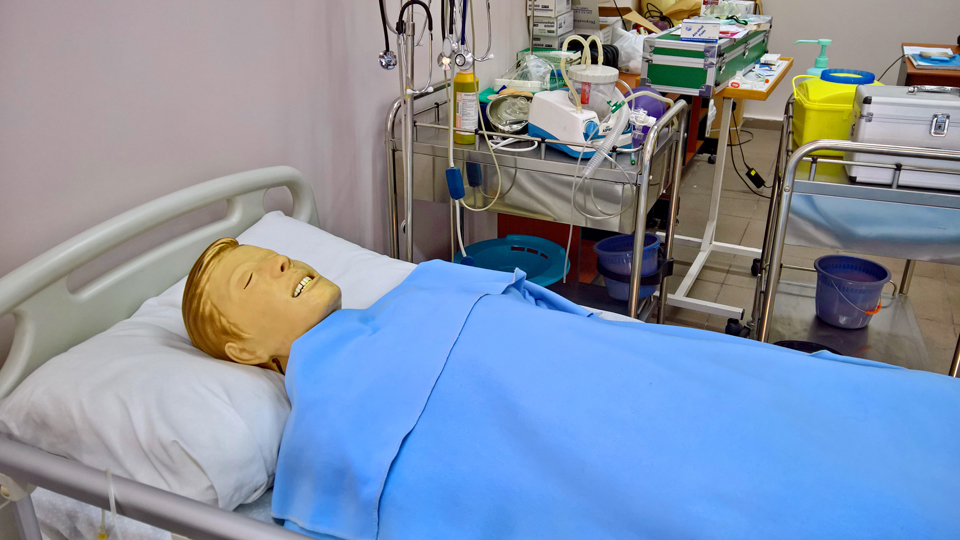

Follow us on